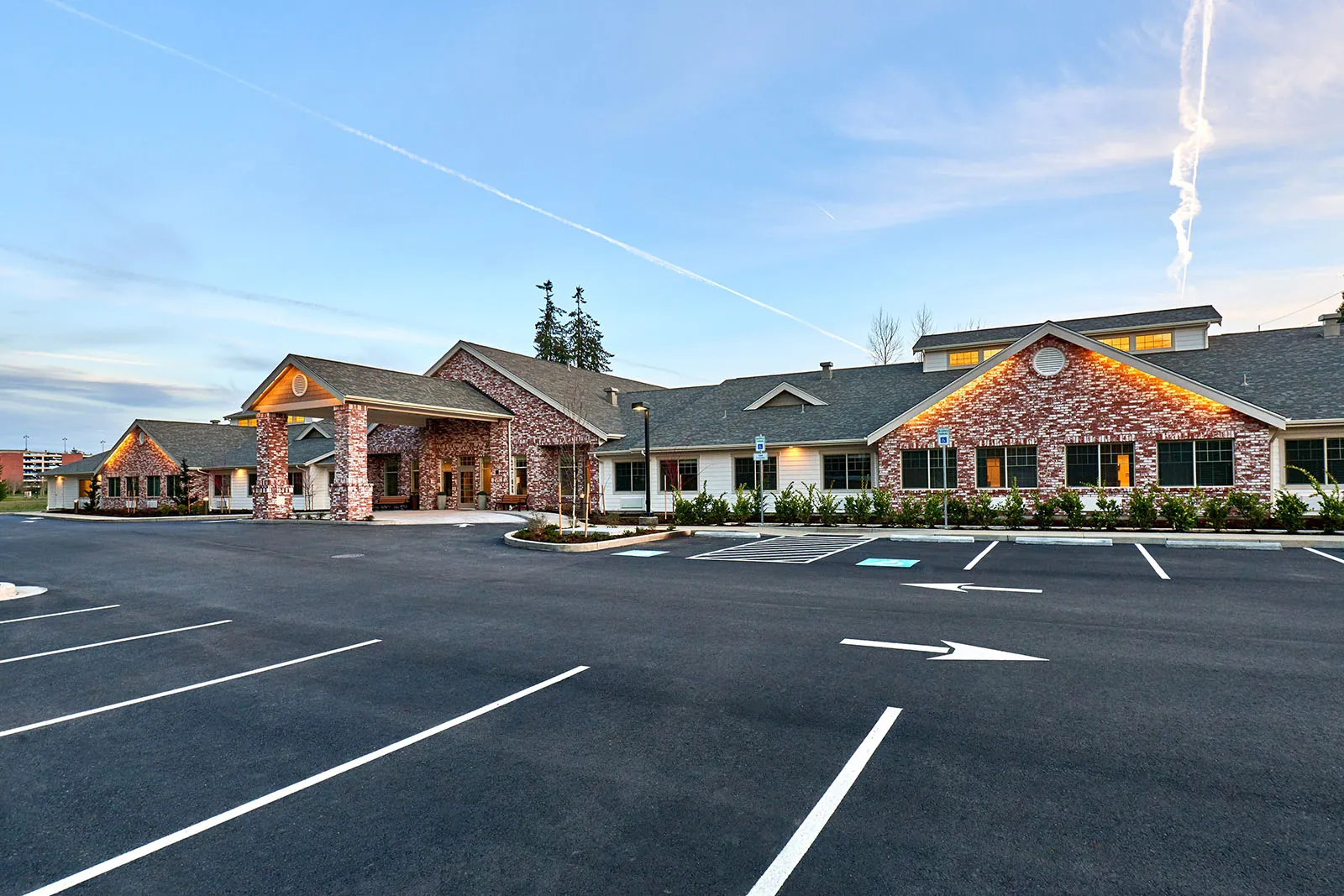
Margin compression is forcing senior living providers to reconsider some of the most fundamental aspects of the traditional operating model.
This was one takeaway from the American Seniors Housing Association (ASHA) conference that took place earlier this week in Scottsdale, Arizona.
Covid-related margin pressure has been exacerbated by cost inflation and staffing pressures. After two years of historic rate growth and potentially another on the way, operators are looking for creative ways to cut costs without sacrificing service — and while continuing to meet financial obligations and expectations.
“We’re now having to figure out new ways to not only work for debt service but also how to provide a return for investors,” Arrow Senior Living CEO Stephanie Harris told me at the conference. “So I think it’s going to be, how do we get better?”
Benchmark CEO Tom Grape struck a similar note, explaining that material increases in labor costs are not likely to go away, and that he and his team are trying to think differently as a result.
“It’s really causing us to have to look at our basic operating model … how we are staffing, and are there different ways we should be looking at it without compromising the quality of service,” he said.
In this members-only SHN+ Update, I analyze these trends and offer key takeaways, including:
One thing I heard again and again at ASHA is that the industry’s challenges in expenses and margins are not going away. Multiple attendees told me they thought the cost of staffing had reached a new baseline.
In the beginning of the pandemic, the hope was that all the industry needed to do to recover margins was increase occupancy and wait out cost pressures. In 2023, there is still occupancy to gain, but cost pressures have gotten more intense, and aggressive rate hikes cannot be repeated indefinitely. Now, more operators are expressing that they can’t address new problems with old solutions.
When I spoke with Senior Lifestyle CEO Jon DeLuca at ASHA, he told me he is open to experimenting with a wide range of creative solutions to margin compression, from retooling how meals are offered and paid for to finding new ways to boost length of stay.
Grape also expressed a broad willingness to try new approaches, not only because aggressive rate increases are not sustainable year after year, but because he is concerned about pricing too many people out of the market.
In addition to reconsidering how communities are staffed — with a focus on maintaining quality — he described a “clear trend” toward more services provided by third parties. He cited the example of transportation offered via rideshare companies.
Companies are not only thinking about how third parties can offer resident-facing services, but how they can handle back-office functions. Chicago-based Pathway to Living, for example, hired an external firm, Cielo Talent, to handle its recruiting functions.
At ASHA, two provider CEOs spoke about the benefits of working with a professional employer organization (PEO) to handle human resources functions, and noted that this practice appears to be gaining popularity in the sector.
One leader who brought this up was Ally Senior Living Founder and CEO Dan Williams, an industry veteran who previously held leadership roles with companies including Koelsch and Seasons.
Ally is utilizing a PEO for human resources and for accounting, which Williams said frees up leadership to focus more on running top-notch communities rather than spending time and energy making sure the back office is running smoothly.
“You can only have so many bubbles that you focus on,” he told my colleague Tim Mullaney. “I’d rather focus on making the community successful.”
PEOs are more widely used in other industries, but Williams believes there has been a “tradition” in senior housing for providers to be vertically integrated in terms of back office functions. Now, he said, “Times are changing.”
PEOs are most effective for small- to mid-size organizations, Williams said, as larger companies do gain benefits from doing more in-house. But during ASHA, I had a conversation with a senior living leader who said that senior living operating companies could stand to have far more efficient — and potentially leaner — corporate structures.
That conversation was not the first time I’ve heard this sentiment from senior living executives, and we might be seeing this play out at large publicly traded companies, namely Ventas (NYSE: VTR) and Brookdale (NYSE: BKD).
Earlier this week, Ventas announced that Executive Vice President of Senior Living Justin Hutchens has added a CIO title to his role, effectively combining two roles into one.
Brookdale Senior Living took a somewhat similar approach to corporate overhead this year when it announced that CFO Steve Swain and Executive Vice President of Operations Kevin Bowman are leaving the company. A single person, Dawn Kussow, now serves as both CFO and chief accounting officer, at least for the time being; while the EVP of operations position appears to be phased out entirely.
While Ventas and Brookdale are only two prominent senior housing companies, I suspect there will be more companies this year that combine or outright eliminate corporate positions in search of greater efficiency.
Operators that are willing to take chances on leaner corporate structures, new staffing models, and other changes could be looking at opportunities for growth, which would test these new approaches. However, they also should be carefully considering the financial terms of their contracts, as the insufficiency of the 5% management fee was another issue raised at ASHA.
The bottom line is that the industry is focused on changing for the future, and that includes veterans like DeLuca and Grape who are leading large and well-established companies as well as seasoned leaders like Williams who have started new ventures.
Hopefully, these efforts will help bring margins back and create an operating model that addresses short-term challenges while being sustainable in the long term.













